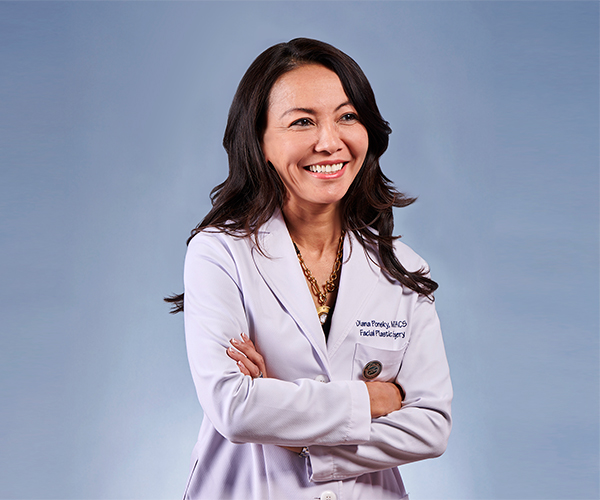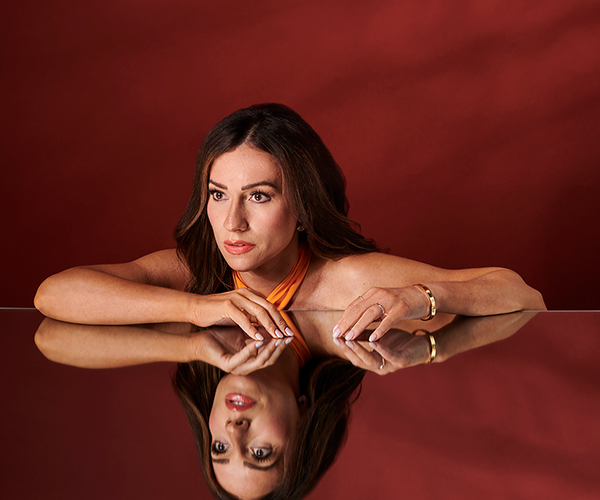It seemed to be more than just a coincidence. Dr. Jean Stevenson, a surgical oncologist, had seen a disproportionate number of late-stage breast cancer patients who were minorities, uninsured or underinsured.
“MetroHealth provides care to anybody regardless of their ability to pay, but they still were not coming,” Stevenson says. “Whatever the barriers were, they were not making it in when the disease was still early.”
She knew she had to do something. So Stevenson took the hospital on the road — to neighborhoods, churches, wherever she could. “[People] are much more comfortable, and it’s more convenient,” she says. “We felt that if we took our services to them, they would be more likely to avail themselves of the free screening services.”
Stevenson rented two Mammovans (mobile mammography units that can do upward of 80 mammograms a day), provided food and child care, and set out to attract as many women as possible with her BREAST (Bringing Education, Advocacy and Support Together) program.
Ines Rosa was one of those women who attended a community health fair at her church in 2005. There she learned how to do a breast self-exam and that she could get a free mammogram.
She was so impressed with the BREAST program after that first day she became certified to teach other women to do self-exams and frequently translated for Stevenson on clinic days. She also joined Amigas Unidas, a sister program to BREAST.
Since 2005, BREAST and Amigas Unidas have conducted 2,200 breast exams and mammograms and educated more than 12,600 women in clinics held in churches, homeless shelters, high schools and even parking lots.
Fourteen women have found cancers during exams held at those neighborhood clinics. Rosa’s involvement in the program also saved her own life. Four years after first volunteering, Rosa felt a lump while performing a breast self-exam. It turned out to be cancerous.
“I said from the beginning, ‘It has to be cancer,’ ” the 50-year-old recalls.
“I accepted it all, and now I’m cured,” says Rosa, who underwent one mastectomy and several rounds of chemotherapy and radiation after discovering the lump.
“I had been telling women to check your breast,” says Rosa. “I thought, If I’m telling women to check your breast, then I need to do it. I started doing it, and low and behold, I found it.”



